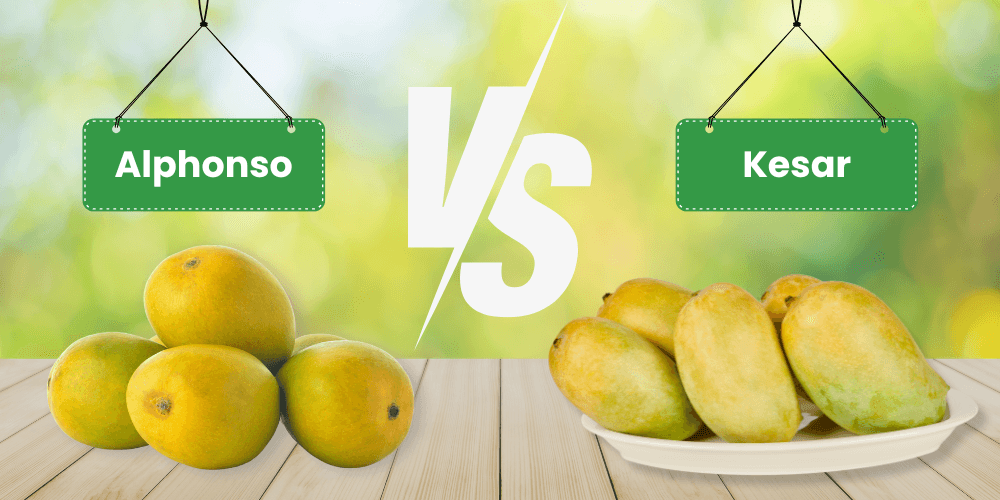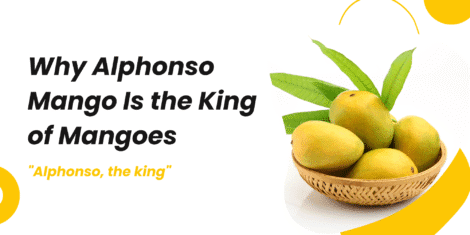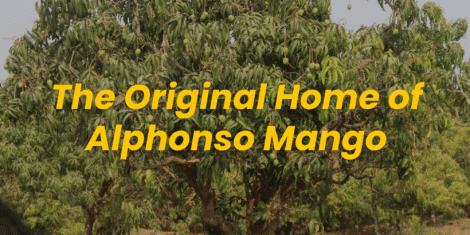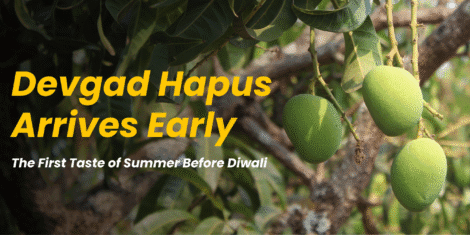Mangoes are known as the “King of Fruits,” and India, being the largest producer of mangoes, boasts a wide array of delectable varieties. Among these, two stand out: Kesar and Alphonso mangoes. Both are cherished for their unique flavors and textures, yet they possess distinct qualities that set them apart. Below is a deep dive into what makes Kesar and Alphonso mangoes unique, comparing them based on taste, appearance, cultivation regions, seasonality, uses, nutritional value, and more. Whether you’re a mango aficionado or just curious about these varieties, this guide covers everything you need to know. Kesar Mango vs Alphonso Mango
1. Flavor Profile
Alphonso mango’s rich color and creamy texture.
- Kesar Mango: Kesar mangoes offer a sweet, slightly tangy flavor with a hint of honey. The taste is often more complex than other mangoes, with a mix of flavors that makes it stand out in desserts. The pulp is juicy but less fibrous, giving it a smooth bite that’s both refreshing and indulgent.
- Alphonso Mango: Known as the “King of Mangoes,” Alphonso mangoes have an intensely sweet, creamy flavor profile. The taste is unique, with subtle hints of saffron (in fact, it’s named after the saffron-like aroma). With almost zero fiber and a buttery smooth texture, Alphonso mangoes offer a melt-in-the-mouth experience, making them ideal for premium culinary applications.
Kesar Mango vs Alphonso Mango
2. Appearance and Texture
A bunch of Kesar mangoes with their distinctive saffron hue.
- Kesar: The Kesar mango has a saffron-colored, slightly wrinkled skin and an oval shape. Inside, the flesh is a vibrant orange, known for being fibrous. The mango’s color and slight texture variation give it a visually appealing and distinctive look.
- Alphonso: Alphonso mangoes are golden-yellow with a smooth skin and sometimes a reddish blush. The flesh inside is deep orange, velvety, and almost entirely fiberless, giving it a premium look and feel.
3. Growing Regions in India
Map showing key growing regions for Kesar and Alphonso mangoes in India.
- Kesar: Kesar mangoes are primarily cultivated in the Girnar hills and the regions around Junagadh, Gujarat. The soil here is mineral-rich, which helps produce mangoes with intense color and flavor. This region’s climate, which is hot and dry, contributes to the fruit’s unique taste and quality.
- Alphonso: Grown mainly in the coastal Ratnagiri, Devgad, and Sindhudurg areas of Maharashtra, as well as parts of Karnataka, Alphonso mangoes thrive in a tropical climate with sea breeze and laterite-rich soil. This unique combination of climate and soil produces mangoes with an exceptional sweetness and flavor.
4. Seasonality and Availability
- Kesar: The Kesar mango season is relatively short, from May to July. However, they are available in frozen or canned form for those who want to enjoy them year-round. Because of the limited season, Kesar mangoes are highly sought after in these months.
- Alphonso: Alphonso mangoes are available from March to June, with the peak season being April and May. Known for their export quality, Alphonso mangoes reach international markets during this period, especially in the Middle East, U.S., and U.K.
5. Culinary Uses
Delicious mango cheesecake made with Alphonso puree.
- Kesar: Due to its thick and juicy flesh, Kesar is a versatile mango used in a variety of dishes. It is perfect for traditional Indian desserts like mango shrikhand, aamras, and milkshakes. Kesar is also used in jams, jellies, and ice creams, thanks to its naturally intense flavor.
- Alphonso: With its luxurious, creamy texture, Alphonso mango is ideal for high-end desserts such as mango cheesecake, tarts, and smoothies. It is also a favorite for making mango pulp and premium mango puree, used worldwide in gourmet recipes. Its smooth consistency and bold flavor make it perfect for sauces and even cocktails.
6. Cost and Export Value
- Kesar: Although Kesar mangoes are more affordable than Alphonso, they still hold a significant position in the export market. They are shipped globally in limited quantities, mainly to the U.S., Canada, and the Middle East.
- Alphonso: Known as one of the most premium mango varieties, Alphonso mangoes are highly valued, especially those from the Ratnagiri and Devgad regions. Alphonso’s rich taste and texture make it a favorite among international buyers, leading to higher prices.
7. Nutritional Value
Both Kesar and Alphonso mangoes are rich in vitamins A, C, and E, as well as antioxidants and fiber, supporting immunity, skin health, and digestion.
| Nutrient | Kesar Mango (per 100g) | Alphonso Mango (per 100g) |
|---|---|---|
| Calories | 60 kcal | 66 kcal |
| Vitamin A | 54% RDI | 50% RDI |
| Vitamin C | 36% RDI | 44% RDI |
| Fiber | 2 g | 1.5 g |
8. Which Mango is Better?
The choice between Kesar and Alphonso mangoes ultimately comes down to personal preference. Kesar mangoes are ideal for those who enjoy a well-balanced flavor with a hint of tang and honey, while Alphonso mangoes are perfect for people who prefer a sweeter, creamier taste. Both varieties have their own culinary applications, with Kesar being more versatile in traditional Indian recipes and Alphonso excelling in gourmet desserts and purees.
9. Conclusion
Kesar and Alphonso mangoes represent the rich diversity of India’s mango culture. While Kesar mangoes shine with their balanced flavor and versatility, Alphonso mangoes captivate with their intense sweetness and buttery texture. Both are iconic in their own right, showcasing the best of what Indian mangoes offer to the world.




